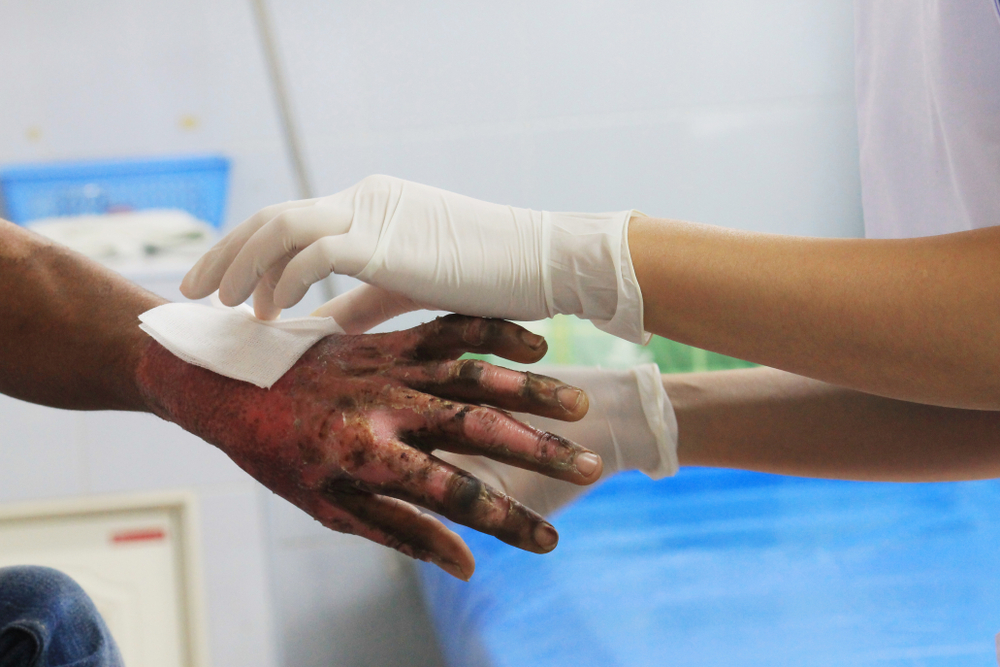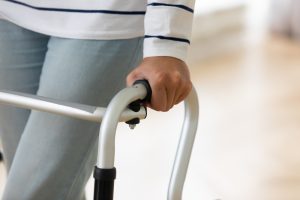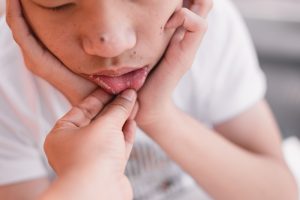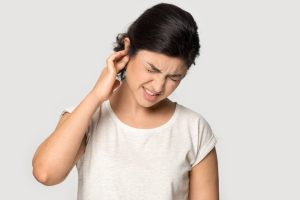The skin is the largest organ of the body and it is the first line of defense against bacteria and infections. Burns are the most common household injury that damages this protective barrier. It may be due to thermal, chemical, electrical, or radiation events. It is classified by size and depth, extent, and the burn mechanism, as well as body location to help determine its severity. The most common burn mechanism is thermal burn and is frequently reported in both children and adults.
Classification by Depth
1. Superficial burn
- Caused by sunburn or brief exposure to hot substances
- Red, dry, painful
- Heals in 3-7 days
2. Superficial partial-thickness burn
- Caused by severe sunburn or radiation burn, longer exposure to hot substances, contact with hot metal objects
- Red, painful, blanch with pressure, presence of wet blisters
- Heals in 7-21 days, typically without functional impairment or hypertrophic scarring
3. Deep partial-thickness burn
- Caused by flames and prolonged contact with hot substances, liquids, or metals – Redness, large and intact blisters, and severe pain to light touch is reported – Heals in 2-9 weeks, may lead to full thickness burn if infected
4. Full thickness burn
- Caused by prolonged immersion scalding such as getting in a hot bath, contact with flaming or high temperature materials, prolonged exposure to chemicals and encounter with electric current
- Damaged hair follicles and glandular tissue
- Skin may vary from waxy white to leathery gray and black, dry, inelastic, does not blanch with pressure
- Needs surgical intervention to heal
5. Subdermal burn
- Full thickness burn with underlying tissue, tendon, muscular, or nerve damage – Caused by electrical burns or long duration burns
- Needs surgical intervention to heal
- May lead to amputation
Classification by Size
The most common methods of assessing burn size are the “Lund-Browder Chart”, “Rule of Nines”, and the Palm Method. Typically, superficial burn does not require classifying it further by size.
- Lund Browder Chart: used more frequently for children, as they have larger heads and smaller legs. The percentage system becomes more accurate.
- Rule of Nines: a faster and more efficient way of measuring burn areas. It is commonly used in adults.
- Palm Method: used when the burn areas affected are small and patchy, or scattered all over the body. The palm including the fingers is considered to be 1% of the total body surface, and the palm alone is 0.5%. This is used in both children and adults.
4 Burn Mechanisms and Management
1. Radiation Burns
Radiation burn is usually caused by mass-casualty incidents such as transportation incidents or nuclear detonation. In this case, it is best to maximize distance from source, minimize exposure duration, and shielding from source. In individual exposures, it is common among people who undergo radiation therapy (cancer treatment) or who have overexposure to radiation (x-rays, working in nuclear industry).

Figure 1. Image of sunburn
Sunburn is the most common radiation burn whether from the sun’s ultraviolet rays or from artificial sources such as tanning beds. Mild to moderate sunburn is usually resolved in days without intervention. Focus is more on pain and inflammation relief with the use of cool compress, calamine lotion, or aloe vera and aloe-vera based gels.
Severe sunburn typically requires hospitalization for fluid replacement (due to dehydration) and to manage other symptoms such as fever, headache, and vomiting.
2. Thermal Burns (Flames, Hot Liquids, Hot Solid Objects, Steam)
For minor thermal burns, initial treatment consists of running the affected area with tap water or covered with wet gauze soaked in cool saline, followed by gentle cleansing using mild soap and water and appropriate dressing. Applying ice or ice cold water should be avoided as it increases pain and burn depth. In cleaning, disinfectants (ex. povidone-iodine) is also discouraged as it inhibits the healing process. Skin debridement and management of blisters are usually done by a clinician.
In severe burn cases, management includes oxygenation, ventilation, fluid replacement, monitoring of blood pressure, and pain control. Patients who are in need of these are usually admitted to a hospital or burn unit.
3. Chemical Burns
Chemical burns are often work-related, mostly for agricultural, industrial, and military use. This holds for about 4% of burn admissions in developed countries, and 14% in underdeveloped countries. The general steps of chemical burn management are the following:
- Ensure protection of rescuers by wearing of appropriate gear according to the threat
- Complete removal of chemical and other items that might have been contaminated such as clothing and jewelry
- Water dilution or water irrigation for high volumes of chemical, including face and eyes to prevent inhalation or ingestion of chemical
However, some chemicals should not be treated with water irrigation because of its heat-producing reaction with water:
- Dry lime (brushed off only)
- Elemental metals such as: sodium, potassium, magnesium, phosphorous, lithium, cesium, and titanium tetrachloride (removed with dry forceps)
- Phenol (wiped off)
4. Electrical Burns
For quick electrical burn encounters, it is best to avoid touching the person involved. Unplugging the switch or source of power should be done right away, and removing the person using a wooden or plastic material is the best option. Wet objects or objects made of metal should be avoided.
Environmental examples of electrical burn are lightning injuries and electrical weapons (taser, stun gun). Children may also acquire oral burns from chewing extension cords. Typically, measuring body surface and treating skin burn is not as important as determining internal injuries right away. Organ involvement is expected in electrical burn. It is best to seek medical help right away.












